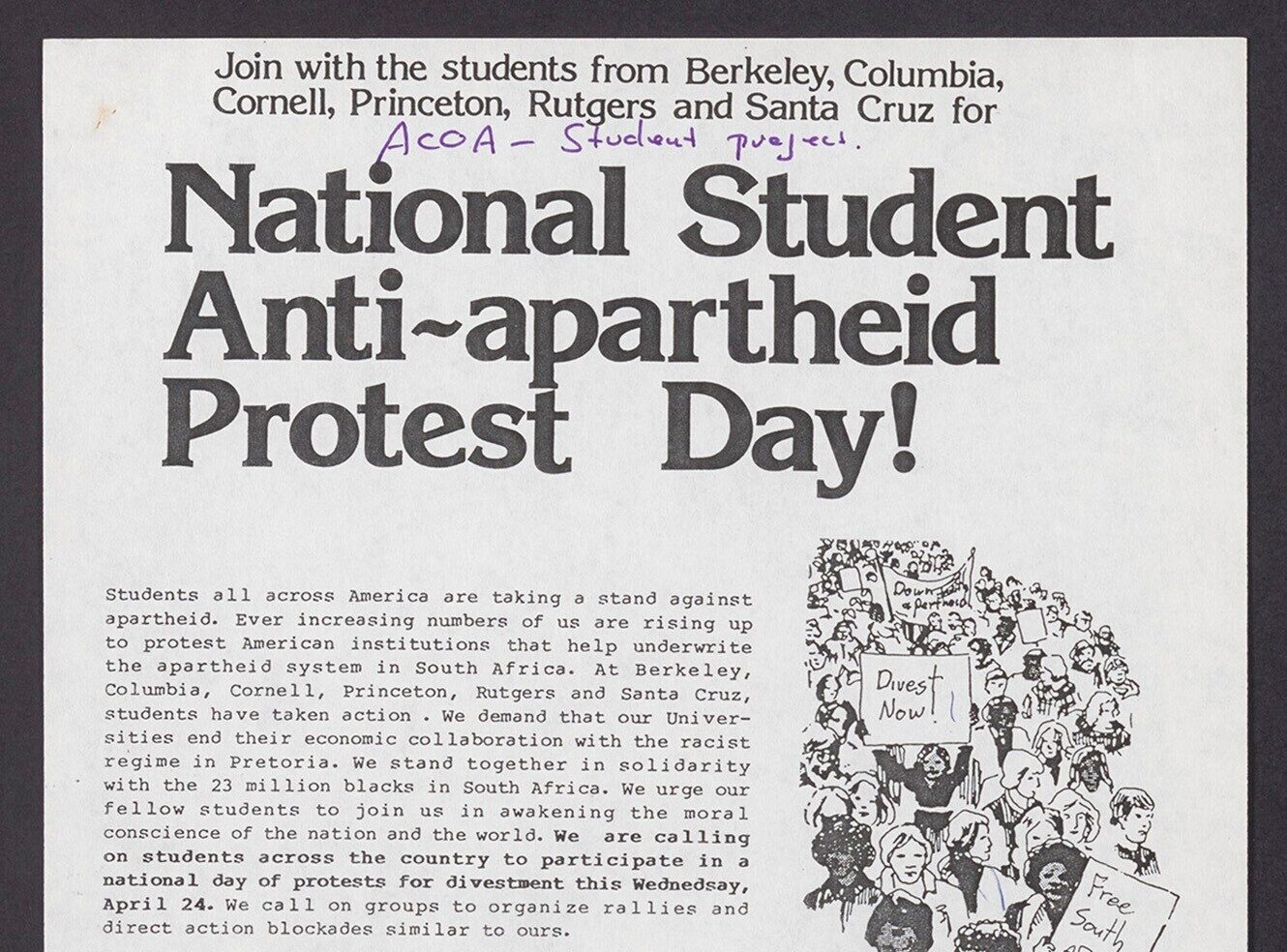Don’t Forget to Check for Nails ...
On a very wet Sunday evening, four inches deep in Wiltshire mud with a horse in one hand and an obstinate gate in the other, I had a flash of inspiration for my object of the week.
As a keen horse rider of five years, I vividly remember my alarm the first time I was presented with saddle and bridle. Where did all these complicated sets of buckles, belts and straps go? Whilst working on the next instalment of our First World War portal, Visual Perspectives and Narratives however, I came across an inconspicuous little guide which would have been perfect! Second Lieutenant R. J. Day’s The Mounted Officer’s Book on Horses and Mules for Transport.
Created originally as an instruction manual for the Machine Gun Corps, this fully illustrated and fascinating work offers useful hints and tips for the mounted rider in the care of and proper conduct around horses.

Image © Imperial War Museum. Further reproduction prohibited without permission
In his introduction, Day reflects (with some pride), “As it is considered a point of honour for the Machine Gunner to keep his gun firing under all circumstances, so it should be a point of honour for the Driver to keep his animal always in a fit condition and ready for any emergency.” This sets the tone for what is a meticulous set of instructions covering everything from harnessing to horse lines and checking your stabling for nails and sharp objects.
Horses were fundamental for the Allied war effort. Around one million horses, donkeys and mules were requisitioned and sent to the Front from Britain and many more from the USA, Australia and New Zealand as the war progressed. Britain had a proud tradition of mounted warfare, with cavalry units regarded at the start of World War I as the premier regiments in the British Army, and why not? Britain had obtained resounding victories through her masterful use of cavalry in previous conflicts, why would this be any different? Unfortunately, after the first disastrous cavalry charges at the beginning of 1914, it soon became clear that barbed wire, machine guns and the invention of trench warfare made it impossible to use mounted units in battle and horses would need to be reassigned. Even dispatch riders, traditionally men on horseback, were replaced by man and his trusty motorcycle.
Redundant, therefore, as cavalry; horses, mules and donkeys instead became essential tools for logistics. They performed jobs as diverse as pulling heavy artillery, turning machinery, carrying supplies and ammunition and pulling ambulances. Horses were so valuable that their loss to enemy fire or disease did more damage to the war effort than any loss of human life. Men were replaceable; horses were not.
 Image © Imperial War Museum. Further reproduction prohibited without permission
Image © Imperial War Museum. Further reproduction prohibited without permissionProper care of these animals was therefore fundamental and Day’s manual describes the appropriate practices for grooming, feeding, watering, stabling and marching, with a wealth of detail on equine aliments and their prevention. There is even a chapter devoted to killing horses humanely to prevent unnecessary suffering, something which became standard practice in the British Army.
This little book offers a fascinating insight into the value and care of these animals during World War I and as Day explains, through “…kindness, coupled with a firm hand, much good work will willingly be done by these invaluable assistants…”
The First World War: Visual Perspectives and Narratives will be released in May 2014.
Recent posts

The blog highlights American Committee on Africa, module II's rich documentation of anti-apartheid activism, focusing on the National Peace Accord, global solidarity, and student-led divestment campaigns. It explores the pivotal role of universities, protests, and public education in pressuring institutions to divest from apartheid, shaping global attitudes toward social justice and reform.

This blog examines how primary sources can be used to trace the impact of young voices on society, particularly during pivotal voting reforms in the UK and the US. Explore materials that reveal insights into youth activism, intergenerational gaps, and societal perceptions, highlighting their interdisciplinary value for studying youth culture, activism, and girlhood across history.
